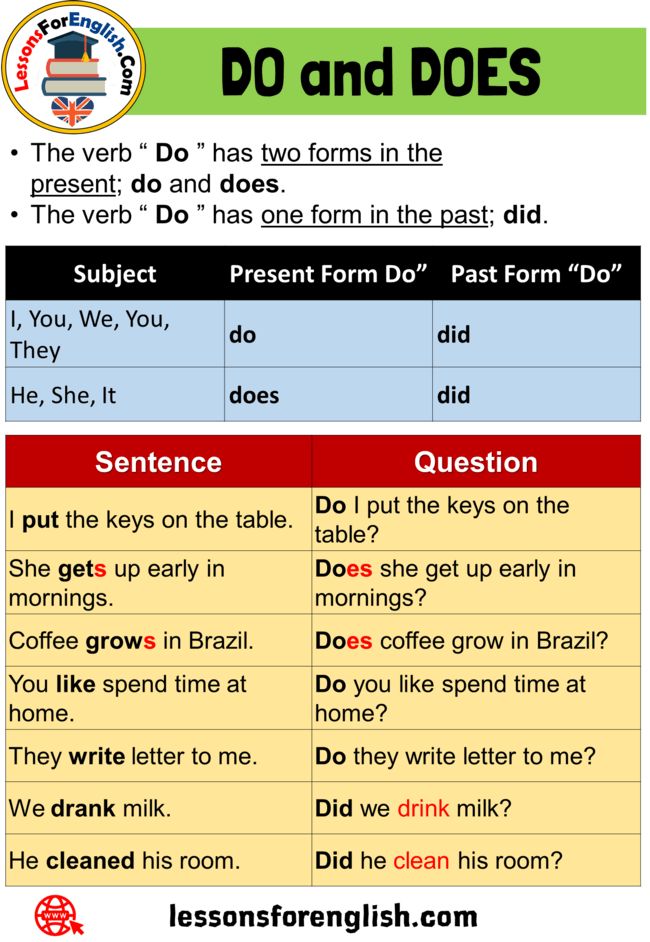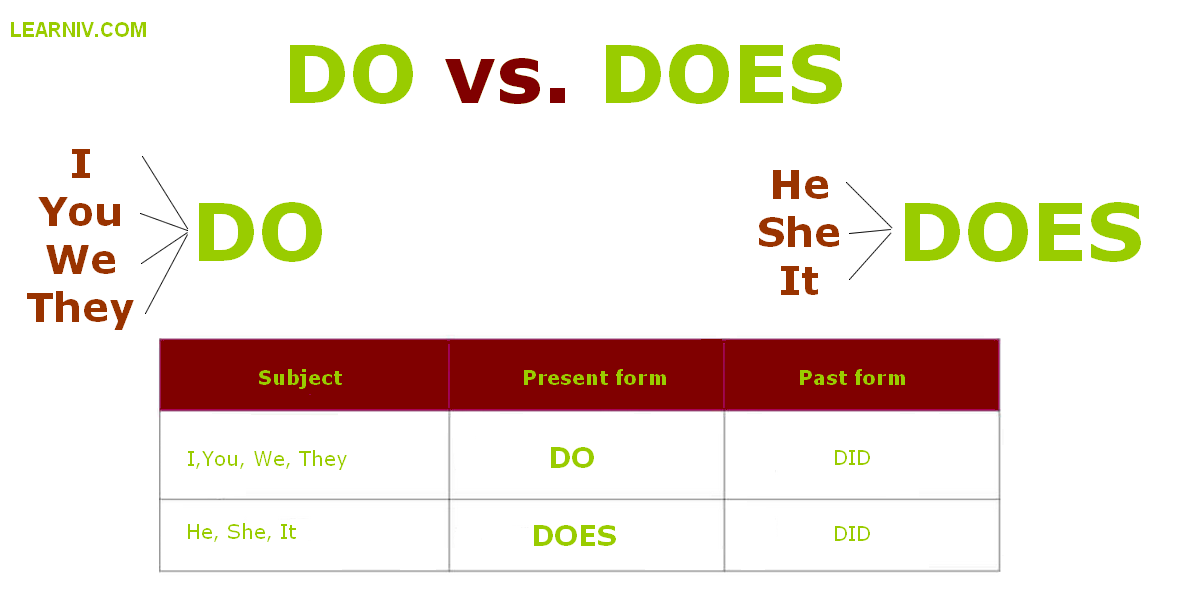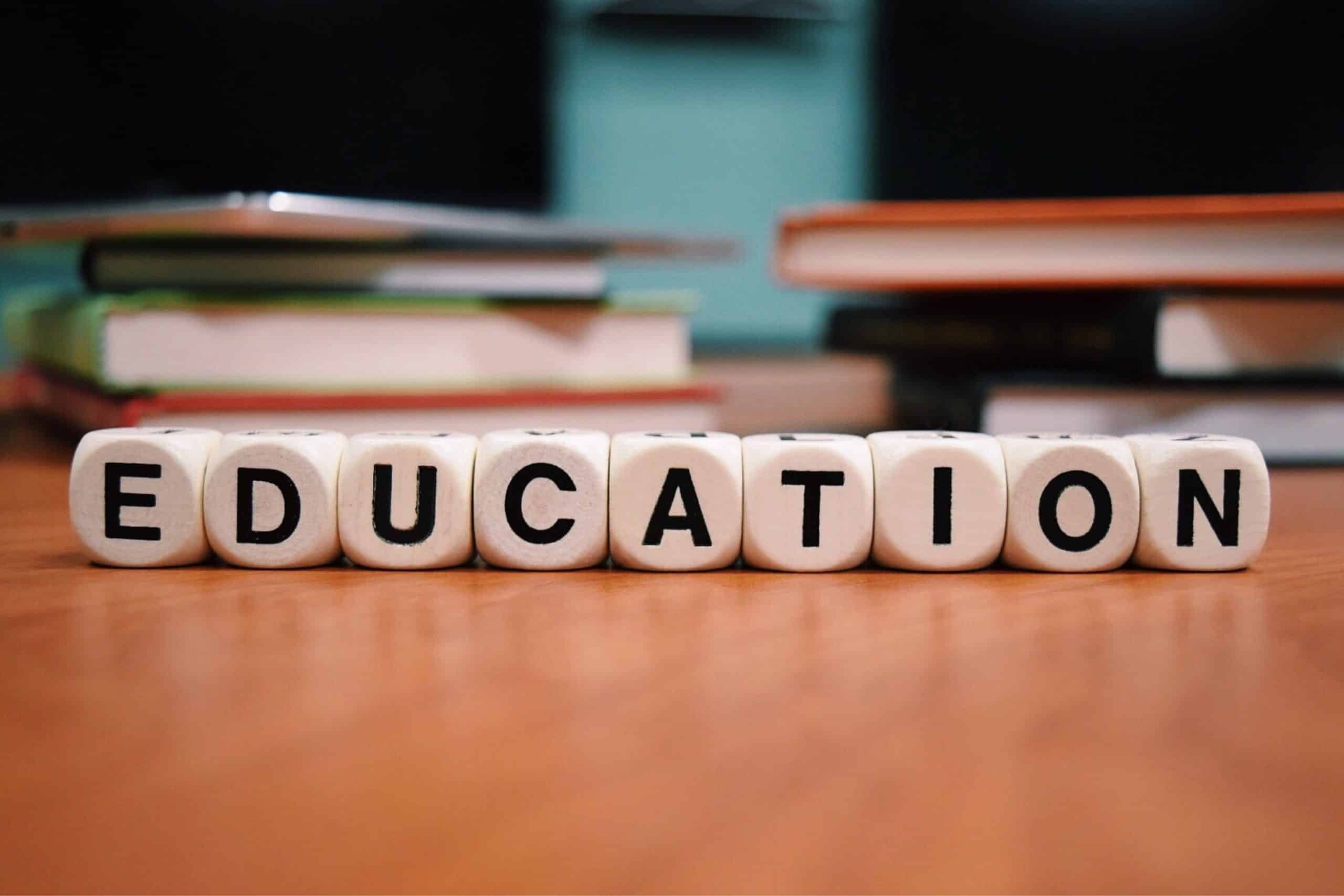Understanding Essentialism in Education: Foundations, Practice, and Impact
Introduction to Essentialism in Education
Essentialism is a prominent educational philosophy emphasizing the teaching of core academic subjects and traditional values. Rooted in the belief that a well-educated society must master foundational knowledge and skills, essentialism seeks to shape students into disciplined, knowledgeable citizens able to contribute to the cultural and intellectual fabric of their communities. This approach prioritizes a structured, teacher-centered classroom where time-tested disciplines form the core of the curriculum. Essentialism emerged as a response to perceived declines in academic rigor and moral standards, particularly in the early 20th century, and continues to influence debates on educational reform today [1] .
Core Principles of Essentialism
At its heart, essentialism rests on several foundational principles:

Source: slideshare.net
- Transmission of Traditional Knowledge: Essentialist educators believe that certain academic subjects-such as mathematics, science, literature, and history-are essential to personal and societal development. The curriculum is built around these core disciplines, aiming to instill a shared cultural heritage in all students [1] .
- Teacher-Centered Instruction: The teacher is regarded as the authority in the classroom, responsible for delivering content, maintaining discipline, and evaluating student progress. This approach often features structured lessons, direct instruction, and frequent assessment [4] .
- Academic Rigor and Discipline: Essentialism advocates for high educational standards, clear expectations, and a disciplined learning environment. Achievement is typically measured through standardized tests and mastery of prescribed content [2] .
- Uniform Curriculum: All students are taught the same essential material, with less emphasis on individual interests or learning styles. The goal is to ensure every student acquires the same basic knowledge and skills necessary for responsible citizenship [1] .
Historical Context and Development
Essentialism as a formal philosophy arose in the United States during the 1930s. It was championed by education philosopher William C. Bagley, who argued that a lack of academic rigor was weakening schools and, by extension, society itself. Essentialism responded to social pressures and international competition, especially following events like the launch of Sputnik, which intensified calls for stronger science and math instruction [5] .
Bagley and his contemporaries advocated a return to the basics-rigorous drills, systematic instruction, and a focus on enduring knowledge. Their influence led to curricular reforms emphasizing foundational skills, especially during periods when American education was perceived as falling behind global competitors [1] .
Essentialism in Practice: Classroom Implementation
Implementing essentialism in the classroom involves several key steps:
- Designing a Core Curriculum: Schools adopting essentialist principles develop a curriculum centered on essential subjects: reading, writing, math, science, history, and sometimes foreign languages. These subjects are sequenced so students build on prior knowledge as they advance through grade levels [2] .
- Structured Instruction: Lessons are typically delivered through lectures, demonstrations, and practice exercises. Teachers use repetition, memorization, and regular assessment to ensure mastery of content [3] .
- Clear Standards and Assessment: Student progress is measured against established benchmarks. Achievement tests, quizzes, and other standardized measures are used to evaluate whether students have mastered the required material [2] .
- Emphasis on Teacher Authority: Teachers maintain control of the learning environment, set expectations for behavior, and model intellectual and moral values for their students [1] .
For example, a high school English class might focus on classic literature, grammar, and composition, with the teacher guiding students through reading assignments, vocabulary drills, and structured essays. Students are expected to absorb the material, demonstrate understanding through tests, and progress to more advanced topics as they achieve mastery [2] .
Benefits of Essentialism
Essentialism offers several potential benefits:
- Consistency and Clarity: A standardized curriculum ensures all students receive a similar educational foundation, promoting equity and social cohesion.
- Academic Achievement: By focusing on core subjects and regular assessment, essentialism aims to raise overall academic standards and prepare students for higher education or the workforce [2] .
- Transmission of Cultural Heritage: Teaching foundational works and values helps preserve cultural traditions and instills a sense of shared identity [1] .
- Preparation for Civic Life: Essentialist education seeks to develop responsible, informed citizens capable of participating constructively in society [5] .
Challenges and Criticisms
Despite its strengths, essentialism has faced significant criticism:

Source: pechakucha.com
- Lack of Individualization: Critics argue that essentialism pays too little attention to students’ interests, abilities, and cultural backgrounds. This can lead to disengagement or underachievement among students who do not thrive in traditional learning environments [1] .
- Teacher Dominance: The teacher-centered model may limit opportunities for student agency, creativity, and critical thinking, especially compared to more progressive approaches [4] .
- Overemphasis on Testing: The reliance on standardized assessments can narrow the curriculum and incentivize teaching to the test, potentially neglecting broader developmental or social-emotional needs [2] .
Alternative philosophies, such as progressivism, place greater emphasis on student interests, experiential learning, and adaptation to individual needs. Schools may blend elements of both essentialism and other approaches to serve diverse student populations.
Accessing Essentialist Education: Practical Guidance
If you are interested in implementing or experiencing essentialism in education, consider the following steps:
- Research local school curricula to determine if they use an essentialist framework. Public school districts often publish curriculum guides on their official websites or make them available upon request.
- If you are an educator, you can incorporate essentialist principles by focusing on core subject mastery, structured lesson planning, and regular assessment. Professional development workshops on curriculum design and classroom management may be available through your school district or education association.
- Parents interested in essentialist approaches can ask school administrators about their curriculum philosophy or seek out charter and private schools that advertise a “classical” or “core knowledge” curriculum.
- For further information, consider reviewing academic articles or educational policy documents-databases such as ERIC (Education Resources Information Center) provide access to peer-reviewed research on essentialism and related educational philosophies. To access, visit the official ERIC site and search for “essentialism in education.”
It is also possible to find university courses or professional seminars focused on educational philosophy, where essentialism is often discussed as part of the curriculum. Prospective teachers may explore education degree programs at accredited universities and inquire about their approach to core curriculum design.
Key Takeaways
Essentialism in education is a structured, teacher-led approach emphasizing mastery of traditional academic subjects, disciplined classroom management, and the transmission of cultural heritage. While it offers clarity, consistency, and a strong foundation for academic achievement, it may not address the full range of student interests or developmental needs. Educators, parents, and policymakers should consider both the strengths and limitations of essentialism as they make decisions about curriculum and instruction.
References
- [1] Sahin, M. (2018). Essentialism in Philosophy, Psychology, and Education. ERIC.
- [2] SIUE. Essentialism in Education: Foundations and Practice.
- [3] YouTube. Essentialism in Education (Essentialist Philosophy of Education).
- [4] Kansas State University. Essentialism – Social Foundations of K-12 Education.
- [5] EBSCO. Essentialism and Perennialism.
MORE FROM todayhiring.us













